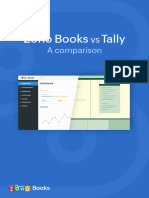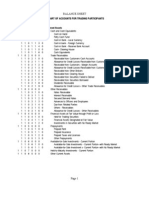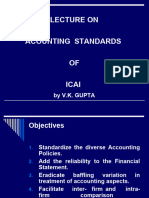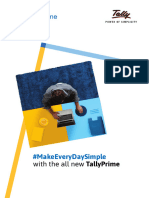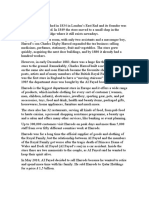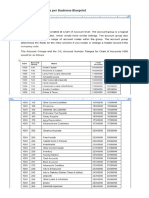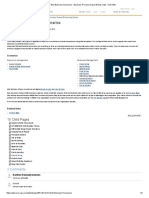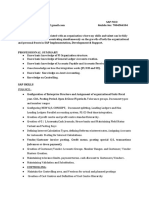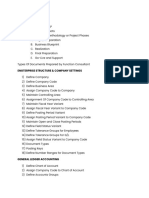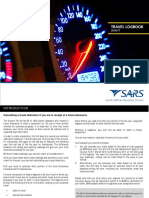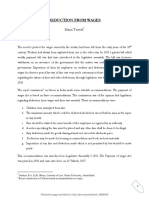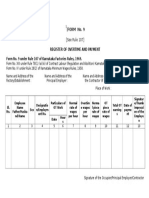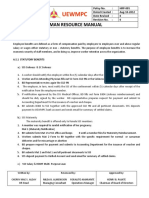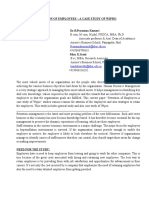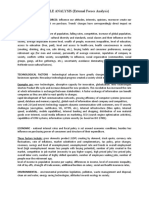100% found this document useful (1 vote)
196 views12 pagesMotor Vehicle Log Book
1. The document provides guidance on claiming motor vehicle expenses for tax purposes in Australia, including requirements to maintain a log book recording business and private trips over a 12 week period.
2. Key details that must be recorded in the log book include dates, odometer readings at the start and end of each trip, kilometers traveled for business and private purposes.
3. The log book must be updated at least every 5 years, or annually if business use percentage or annualized kilometers change significantly. Motor vehicle expenses can only be claimed based on the percentage of business use as determined by the log book.
Uploaded by
uthayarajCopyright
© © All Rights Reserved
We take content rights seriously. If you suspect this is your content, claim it here.
Available Formats
Download as PDF, TXT or read online on Scribd
100% found this document useful (1 vote)
196 views12 pagesMotor Vehicle Log Book
1. The document provides guidance on claiming motor vehicle expenses for tax purposes in Australia, including requirements to maintain a log book recording business and private trips over a 12 week period.
2. Key details that must be recorded in the log book include dates, odometer readings at the start and end of each trip, kilometers traveled for business and private purposes.
3. The log book must be updated at least every 5 years, or annually if business use percentage or annualized kilometers change significantly. Motor vehicle expenses can only be claimed based on the percentage of business use as determined by the log book.
Uploaded by
uthayarajCopyright
© © All Rights Reserved
We take content rights seriously. If you suspect this is your content, claim it here.
Available Formats
Download as PDF, TXT or read online on Scribd
/ 12


